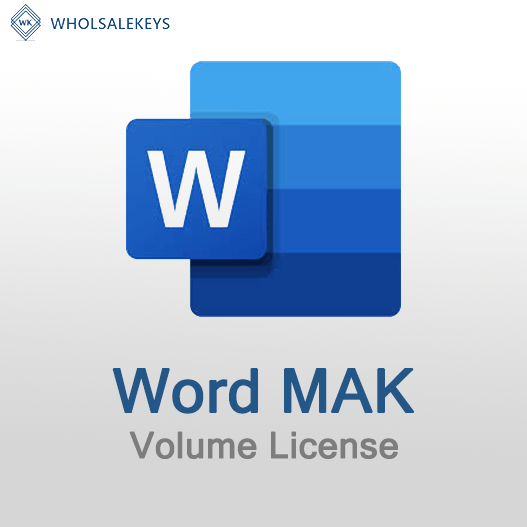In large enterprise environments, efficient and controlled software activation is paramount. Multiple Activation Key (MAK) activation is a method that allows organizations to activate multiple devices or computers with a single key. Managing MAK activation in a large enterprise requires strategic planning and adherence to best practices to ensure seamless and compliant activation. This guide will explore how to effectively manage MAK activation in large enterprises.
Understanding Multiple Activation Key (MAK) Activation
MAK activation is a volume licensing method provided by Microsoft for activating Windows operating systems. It allows organizations to activate a large number of devices with a single key, simplifying the activation process and ensuring compliance with licensing agreements.
Best Practices for Managing MAK Activation
To efficiently manage MAK activation in large enterprises, consider the following best practices:
Centralized Activation Server
Designate a central activation server that will handle all MAK activations. This server should be secure and accessible to all devices within the organization.
Documentation and Tracking
Maintain thorough documentation of MAK keys, their usage, and the devices they are activated on. This documentation is essential for compliance and audit purposes.
Volume Licensing Agreement
Ensure that your organization has a valid volume licensing agreement with Microsoft that covers the use of MAK activation.
Regular Audits
Conduct regular audits to ensure that the number of activations aligns with the number of purchased licenses. This helps prevent over-activation.
Key Security
Safeguard MAK keys to prevent unauthorized access. Only authorized personnel should have access to these keys.
Network Segmentation
Consider segmenting your network to improve security. Devices activated with MAK keys should be on a network segment that limits their access to the activation server only.
Failover Server
Implement a failover activation server to ensure continuity in case the primary activation server experiences issues.
Activation Tools
Utilize activation tools provided by Microsoft, such as Volume Activation Management Tool (VAMT), to streamline activation and monitoring.
Compliance and Auditing
Regularly perform compliance checks and audits to ensure that MAK activation aligns with your organization’s licensing agreements and that all devices are properly activated.
Security Considerations
Security is of paramount importance in large enterprise environments. Ensure that the activation server and MAK keys are protected against unauthorized access and breaches.
Activation for Remote Devices
Consider the activation needs of remote devices and implement a secure method for their activation, which may include a VPN or other secure connection.
Licensing Updates
Stay informed about licensing updates and changes from Microsoft to ensure ongoing compliance with licensing agreements.
Staff Training
Educate staff responsible for managing MAK activation on best practices, compliance requirements, and security protocols.
In conclusion, managing MAK activation in large enterprises involves a combination of strategic planning, documentation, security measures, and compliance checks. By adhering to best practices and staying vigilant about compliance, organizations can ensure that their software activation remains efficient, secure, and compliant with licensing agreements.
Recent posts

Common Misconceptions About MAK Licensing
Clarify misconceptions surrounding Multiple Activation Key (MAK) licensing with expert insights and accurate information.

Auditing MAK Key Usage: Best Practices
Learn effective methods and best practices for auditing Multiple Activation Key (MAK) usage to maintain licensing compliance.

Tips for Smooth MAK Activation in Remote Locations
Learn how to ensure hassle-free Multiple Activation Key (MAK) activation in remote locations with these essential tips.











